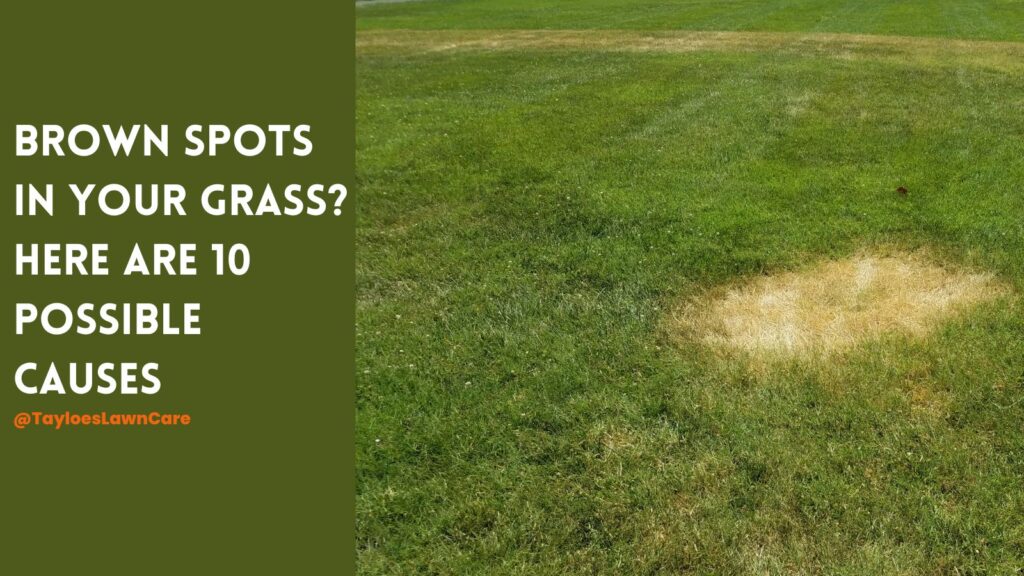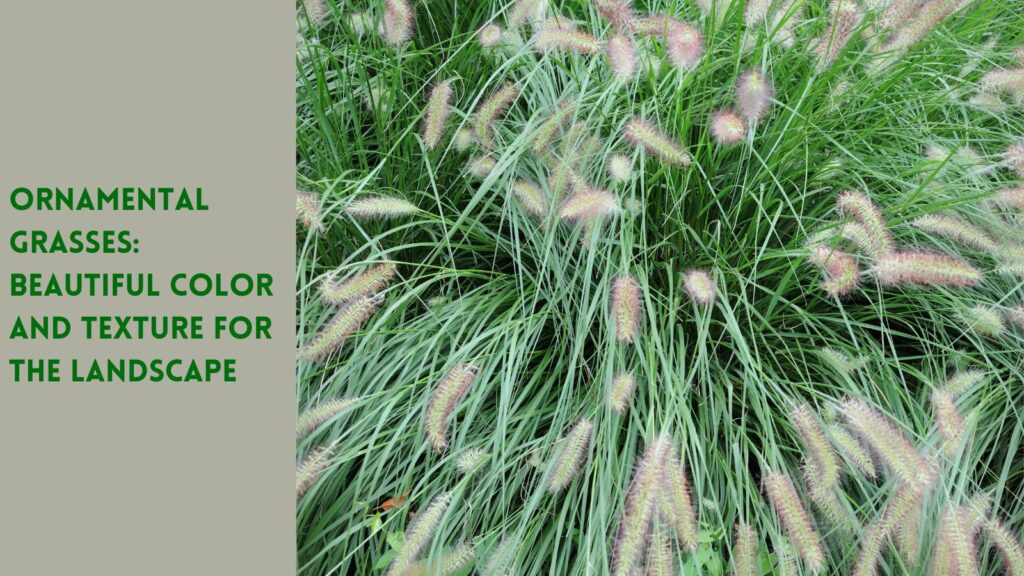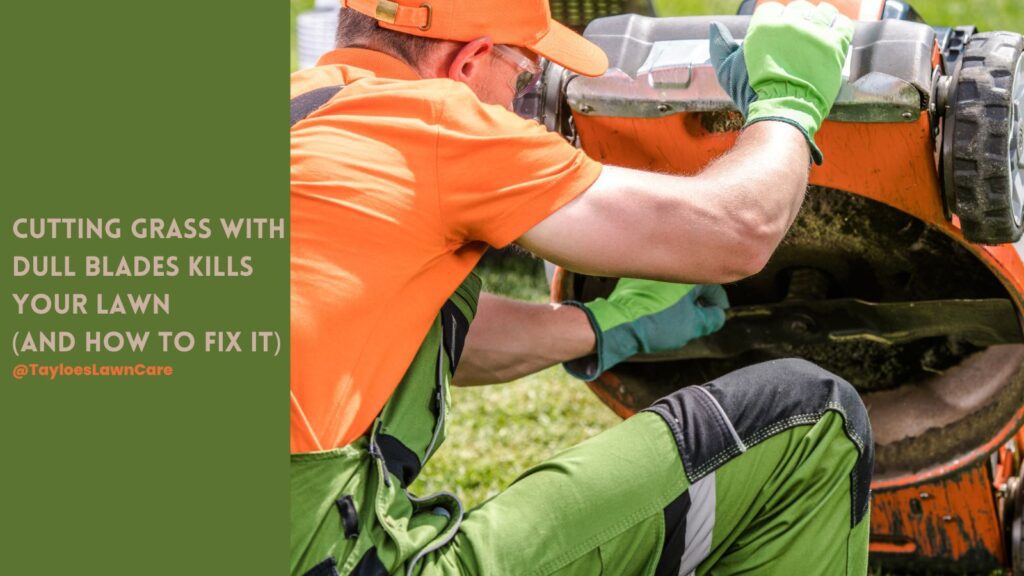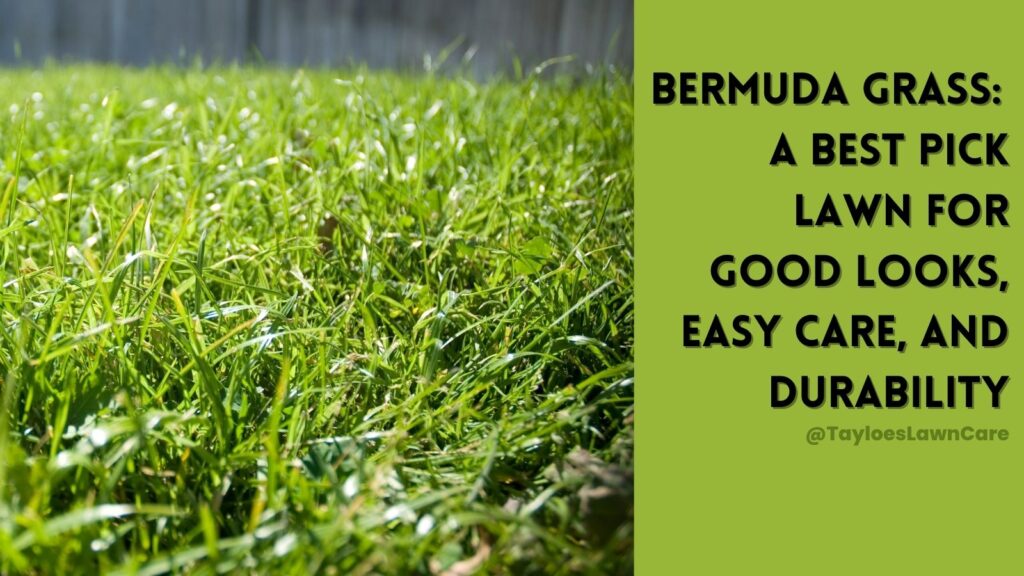Last Updated on: 25th February 2024, 08:00 am
Know the differences between dormancy and a dead lawn.
When it comes to maintaining a lush, green lawn, understanding the health of your grass is paramount. One of homeowners’ most common concerns is distinguishing between dormant grass and dead grass. Both can look distressingly similar. However, the treatment for each is vastly different.
Let’s look into the nuances of each condition and learn how to tell them apart.
Dormant Grass: Nature’s Pause Button
Grass goes dormant as a natural response to extreme conditions, be it scorching heat or the freezing cold. Think of it as your lawn’s way of saying, “Let’s take a break until conditions improve.” Here’s what to look for:
- Uniform Color: Dormant grass will have a consistent straw or brown color across the lawn. There won’t be random patches of green.
- Seasonal Patterns: If it’s the peak of summer or the dead of winter, your grass might just be taking its seasonal rest.
- Bounce Back: Tug a handful of brown grass. It might be dead if it comes out easily with no roots attached. Dormant grass remains rooted and will resist your pull.

Dead Grass: A Cause for Concern
Dead grass won’t spring back to life, no matter the conditions. Here’s how to identify it:
- Patchy Appearance: Dead grass often appears in patches rather than uniformly across the lawn.
- No Growth in Spring: If your grass doesn’t green up as the temperatures rise, it’s likely dead after a long winter.
- Test with Water: Water your lawn consistently for a week. Dormant grass will start to revive, while dead grass remains brown.
Solutions and Next Steps
If you’ve determined your grass is dormant, patience is key. Continue regular watering and avoid heavy foot traffic. Your lawn will likely revive with time and favorable conditions.
However, if your grass is dead, it’s time for some lawn TLC:
- Aerate: This helps the soil breathe and prepares it for new seeds.
- Reseed: Choose a grass type suitable for your region.
- Water and Fertilize: New grass needs consistent moisture and nutrients to thrive.
Why Does Grass Go Dormant?
Grass, like all living organisms, has evolved to develop mechanisms that allow it to survive in less-than-ideal conditions. Dormancy is one such mechanism, a survival strategy that grass employs to endure environmental stressors. Let’s delve deeper into why and when grass goes dormant.
- Self-Preservation: At its core, dormancy is a protective response. When conditions become too harsh for the grass to grow actively and maintain its green hue, it conserves energy by slowing down its growth and metabolic processes. This is similar to how some animals hibernate.
- Conserving Resources: During dormancy, grass reduces its water consumption by shutting down unnecessary processes. This is crucial, especially during prolonged periods of drought when water is scarce.
- Protection Against Extreme Temperatures: Grass can’t escape its environment. So, when faced with freezing temperatures or scorching heat, it goes dormant to prevent cellular damage. This is akin to a plant’s version of a “shut-down mode.”
When Does Grass Typically Go Dormant?
- Summer Dormancy: This is common in areas with hot, dry summers. Lack of water and excessive heat can cause grass to enter a dormant state. It’s a way for the grass to protect itself from drought conditions.
- Winter Dormancy: As the days get shorter and temperatures drop, grass prepares itself for the cold months by going dormant. This is most noticeable when the first frost hits and the once-green blades turn a straw-like color.
- Unexpected Stressors: Apart from seasonal changes, other factors can induce dormancy. These include soil compaction, diseases, pest infestations, or any sudden environmental change that the grass perceives as threatening.

The Takeaway: Dormant Grass Is a Means to Survival, But You Need to Identify it Correctly
Dormancy is grass’s saying, “I need a break to survive.” It’s a natural, adaptive response to ensure the grass lives to see another season. By understanding this process, homeowners can better care for their lawns, ensuring they remain resilient and vibrant throughout the year.
A brown lawn doesn’t always spell disaster. By understanding the signs of dormant versus dead grass, you can take the appropriate steps to restore your lawn to its former glory. Remember, every lawn has its seasons, and with some care and knowledge, yours will flourish again.
If you’d like to get some help from local experts, reach out to Tayloe’s Lawn Care Services, Aulander. We will develop a customized lawn care program for you. With our help, you can enjoy your yard without the hard work. Connect with us by calling or texting 252.287.3375 or connecting on Facebook.
Author Profile

- Deborah Tayloe is the CEO and co-founder of Tayloe's Lawn Care Services, LLC. She has a B.S.Ed and holds certificates in soil and water management and herbology from accredited programs.
Latest entries
 Trees and ShrubsApril 22, 2025Boxwood Blight: Early identification and isolation
Trees and ShrubsApril 22, 2025Boxwood Blight: Early identification and isolation Flower GardenApril 8, 2025John F. Kennedy Rose: Hybrid tea rose with elegant white blooms
Flower GardenApril 8, 2025John F. Kennedy Rose: Hybrid tea rose with elegant white blooms Vegetable GardenMarch 24, 2025Trellis vegetables provide an abundant vertical garden harvest
Vegetable GardenMarch 24, 2025Trellis vegetables provide an abundant vertical garden harvest GardeningMarch 17, 2025Are coffee grounds good for compost?
GardeningMarch 17, 2025Are coffee grounds good for compost?






